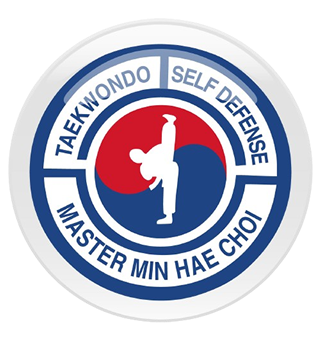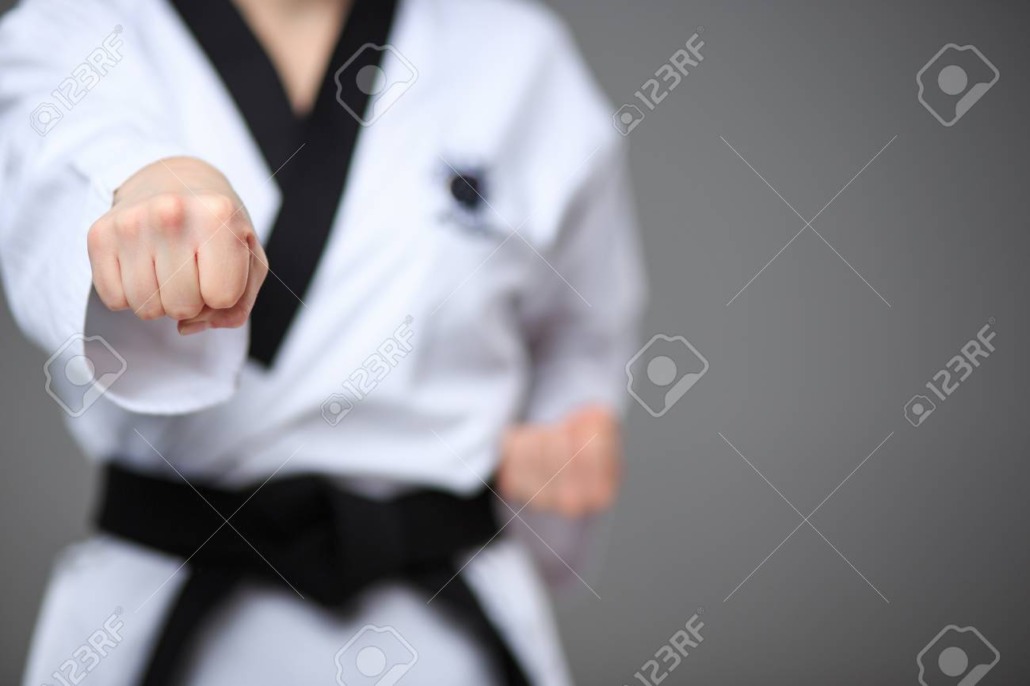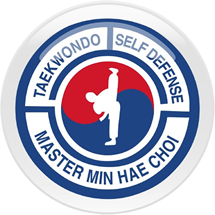Meaning of Tae Kwon Do
Tae Kwon Do is the ancient Korean art of unarmed combat. Tae Kwon Do was passed down for many centuries from masters to devoted students.
- Tae (Foot) – means to smash or kick with the foot.
- Kwon (Fist) – means to punch or attack with the hand.
- Do (“The Way”) – means art or way.
Literally translated, Tae Kwon Do means “the art of hand and foot fighting”.
Brief History of Tae Kwon Do
Tae Kwon Do (also spelled Taekwon-Do or Taekwondo) is a modern martial art with ancient roots. It has become a major international sport over the years. In 1988, Tae Kwon Do debut as a demonstration for the world in the Olympic Games at Seoul, South Korea. The International Olympic Committee (IOC) later added Tae Kwon Do as an official medal sport for the 2000 Olympic Games in Sydney, Australia. Now, Tae Kwon Do is in over 185 countries around the world with about 7 million people earning black belts worldwide.
Tae Kwon Do is a Korean martial art that can trace its history back more than 2,000 years. Ancient wall paintings show two men engaged in a form of martial arts called Taek Kyon – the forerunner to Tae Kwon Do. Like Tae Kwon Do, Taek Kyon was primarily a powerful kicking art.
Taek Kyon played a significant role in Korean history. In ancient times, the Korean peninsula was divided into three separate kingdoms: Silla, Baek Je and Koguryo. Silla was the smallest of the three kingdoms and under constant threat of invasion from its larger neighbors. Thus, the people of Silla formed an elite warrior group known as the Hwarang (“The Flower of Youth”). The Hwarang received the finest intellectual and physical training available in the Silla Kingdom, including training in Tae Kyon. They were also bound by a firm code of honor which became the basis for the honor code we follow today in Tae Kwon Do.
Led by the strength of the Hwarang, the Silla Kingdom was able to unify the Korean peninsula. Korea’s history under the united Silla Kingdom – from 661 to 935 A.D. – is generally considered to be the golden age in Korean history. During this time, philosophy, writing, art and construction flourished in the kingdom, and the Hwarang continued to provide the military and moral strength of the kingdom.
In 935 A.D., the Silla Kingdom was overthrown by the warlord Kyong Hum, who founded the Koryo Dynasty. It is from this name that westerners later derived the name “Korea.” Under the Koryo Dynasty, martial skills were held in high esteem, and the dynasty produced many of the finest soldiers in Korean history. Taek Kyon continued to flourish and develop under the Koryo Dynasty.
The Koryo Dynasty finally fell in 1392 A.D., and was replaced by the Yi Dynasty. The Yi Dynasty placed far greater emphasis on scholarship and learning than it did on martial skills or arts. As a result, Taek Kyon fell into the background of Korean culture. Nonetheless, martial arts continued to exist and grow in Korean culture for the next 500 years. As is often the case, it was the hardship to which Korean martial arts were pressed during this period that spurred some of the greatest growth in them.
In 1910, Korea was invaded by Japan. The Japanese prohibited the practice of Korean martial arts. Thus, Taek Kyon practitioners – as well as practitioners of all other Korean martial arts – were forced to practice in secrecy. This was a dark time for Korean martial arts, when discovery could mean death for a practitioner. Conversely, many Koreans left Korea for Japan, where they studied Japanese martial arts, including Karate. This was an important step, because many aspects of Karate would later be added to Taek Kyon. The end of World War II brought the liberation of Korea, and Korean martial arts were able to emerge from hiding. What emerged were numerous kwans (“schools”). Although different in name, these kwans practiced styles of martial arts that were very similar to each other.
In 1955, the leaders of these numerous kwans met to form a single art. Led by General Hong Hi Choi, they realized that a single, unified art would be far stronger and able to grow far more than a group of loosely aligned arts with different names. The group chose a name proposed by Gen. Choi for the new art: Tae Kwon Do (“The Way of the Foot and Hand”). Tae Kwon Do incorporated the high, powerful kicks that had characterized Taek Kyon, and that were relatively unique to that art, with powerful hand techniques developed from what Gen. Choi and others had learned by studying Karate in Japan. The result was a new art unlike any other in the world. Gen. Choi was selected as the first president of the Korean Tae Kwon Do Association, and later as head of the International Tae Kwon Do Federation, the international organization dedicated to spreading and teaching Tae Kwon Do throughout the world.


